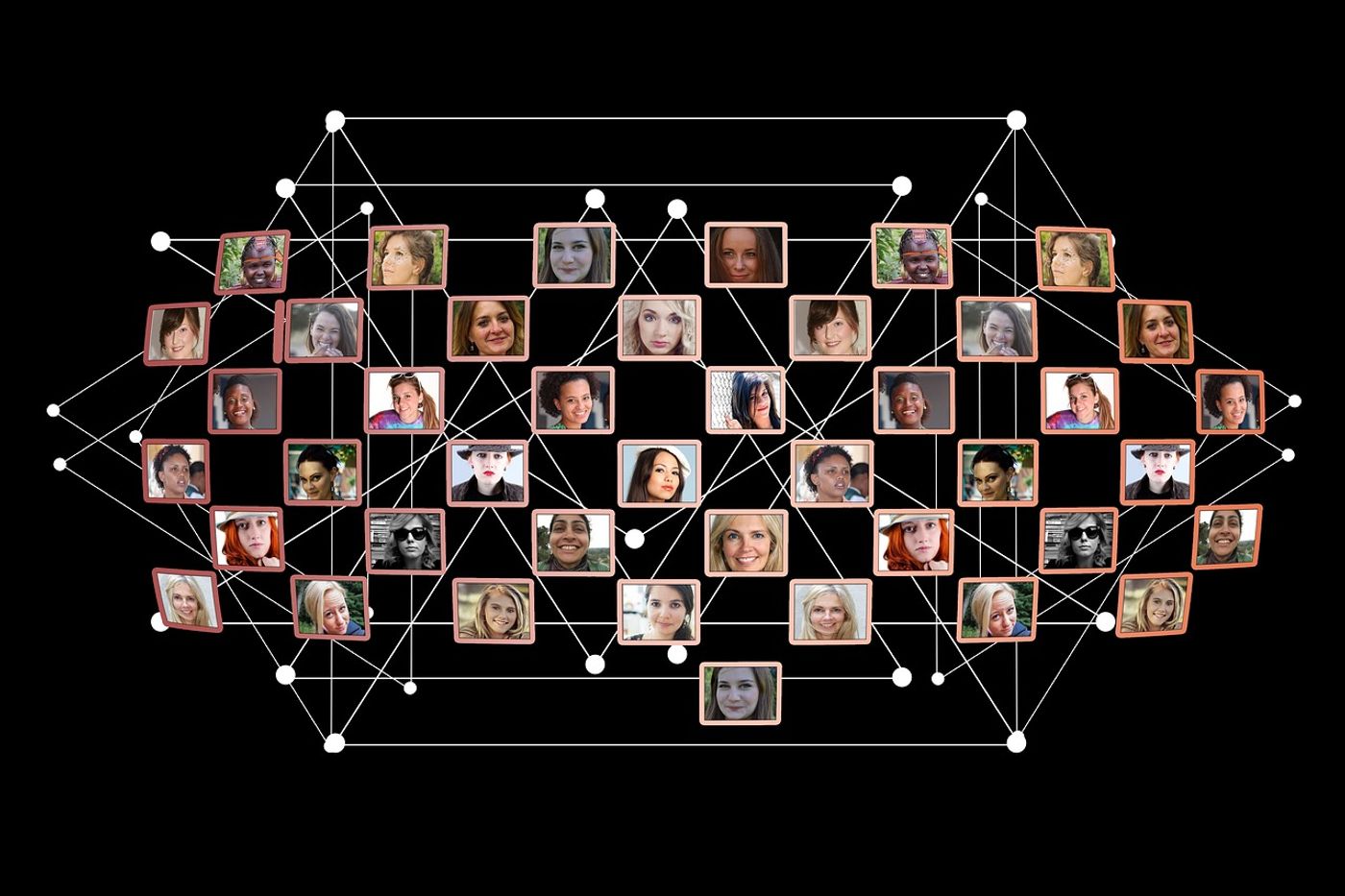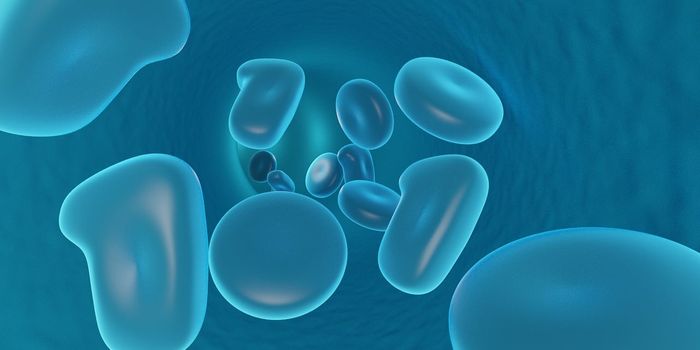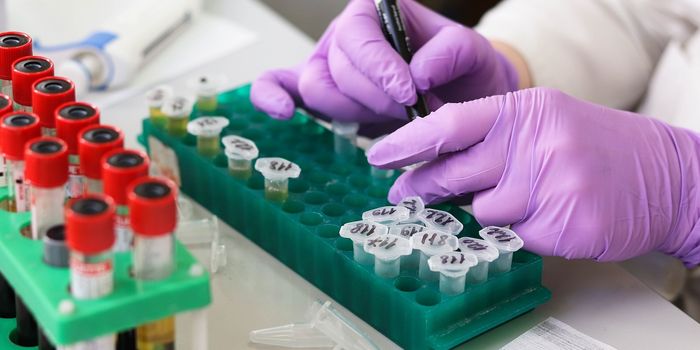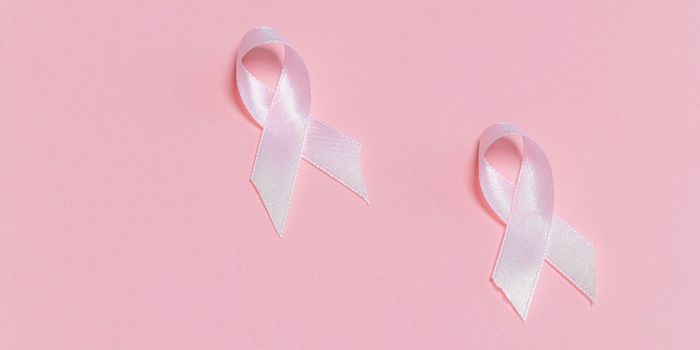Commission Calls for a "Feminist Approach" to Increase Equity in Cancer Care for Women
The Lancet, a prominent medical journal, initiated a Commission to understand the interactions between women, power, and cancer. The goals of the Commission included “applying an intersectional feminist approach” to “investigate, expose, and challenge the prevailing asymmetries of power in relation to cancer.” The Report, published last week in The Lancet, focused on three key factors relating to women, power, and cancer: decision making, knowledge, and economics.
The group consisted of 21 Commissioners, 13 advisory board members, seven patient advocacy committee members, and 10 mentees. According to the authors, the participants in the Commission are diverse in gender, country of origin, migration status, and discipline. The members of the Commission live in countries across the world and have varied credentials and expertise. The authors explained that while planning the Commission, they agreed to a set of feminist principles which they implemented to guide their work.
The Report discusses how women have a variety of diverse interactions with cancer. These relationships include healthy women enacting cancer prevention strategies and undergoing cancer screenings. Other women live their lives with a cancer diagnosis and receive treatment. Some other women serve as caretakers for family or friends with cancer. Women also work in roles focusing on cancer, such as cancer patient advocates, oncologists, nurses, other healthcare professionals, cancer researchers, or policymakers.
Similarly, when we hear the broad topic of “women and cancer,” most of our initial thoughts may be “breast cancer,” “ovarian cancer,” and “cervical cancer.” When, in fact, far more complex interactions between women and cancer exist. We can consider other cancers which commonly develop in both men and women. In these cases, cancers may appear, progress, and respond to therapy in men compared to women. Men and women may also face different risk factors for developing cancer. We can also consider the gender bias that women seeking cancer screening or care may experience, which, in some cases, could delay diagnosis or treatment.
The Commission’s Report concluded that 2.3 million women die prematurely (before age 70) from cancer annually. The Report estimates that we could avoid 1.5 million of these deaths by providing adequate prevention strategies and increasing access to screening methods that expand early detection. We could eliminate another 800,000 premature deaths, the Commission reports, if all women had access to the best cancer treatment and care options.
The Report uses the Human Development Index (HDI), a factor calculated for geographical regions by considering the Gross National Income of an area and the education level and life expectancy of those living there. The commissioners and collaborators indicate that in low HDI countries, 72% of cancer deaths in women are considered premature. On the other hand, premature deaths account for only 36% of cancer deaths among women living in high HDI countries.
The Report focuses on the need to implement “feminist approaches” when addressing the challenges faced by women in regard to cancer care. The authors explain that such a strategy “recognizes that patriarchy and colonialism is embedded in society and institutions, forming visible and invisible gender hierarchies overlaying other power dynamics, resulting in discriminations, alienation, and marginalization that can vary in form and shape, yet persist over time.”
Sources: Lancet









